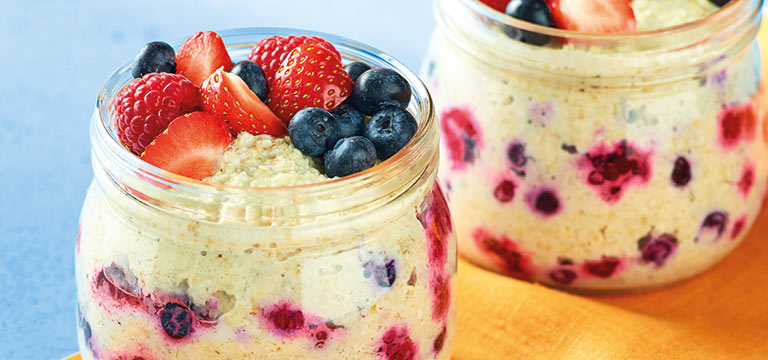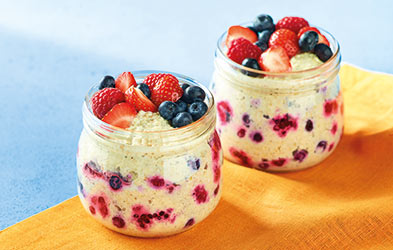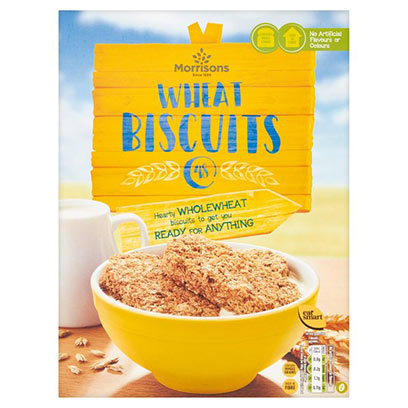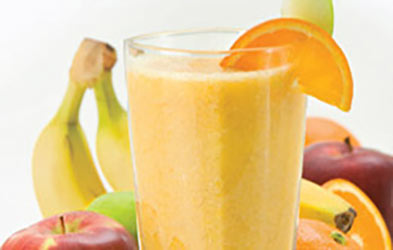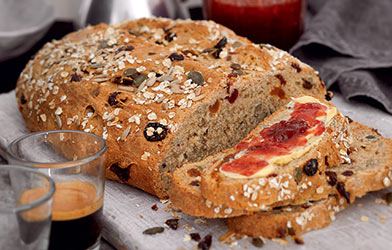Fruit For Breakfast - The First Of Their Five-A-Day
It’s important that we give our littles ones fruit (and vegetables) every day -as they’re a good source of fibre, vitamins and minerals. We should all aim to ‘eat the rainbow’ by including a variety of 5 portions a day. Here is what counts towards one of your Five-A-Day, and our top tips for what to look out for. - 80g of fresh, frozen or canned fruit (as well as vegetables like mushrooms). When buying canned opt for fruit canned in natural juice with no added sugar, or vegetables canned in no added salt.
- 80g of beans and pulses also count towards one of your five a day due to them being high in fibre. No matter how many portions of bean and pulses you eat they will only count as one of your five a day due to them containing fewer nutrients than fruit and vegetables.
30g of dried fruit e.g raisins or prunes. These should be eaten at meal times and not as a between meal snack to reduce the risk of tooth decay, as dried fruit can get stuck to teeth. - Limit fruit/vegetable juices and smoothies to 150ml a day (always check recipes and make the smoothie as a ‘sharer’ if you need to. Blending fruit and vegetables releases sugar which can cause damage to teeth, and smoothies or juices should be enjoyed at meal times not as a between meal snack, to reduce the risk of tooth decay.
Variety is key when it comes to breakfast for the kids, so whatever you serve remember to keep it fresh in terms of choice as well as ingredients.


